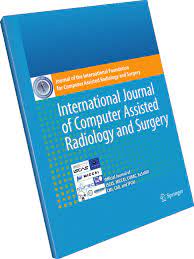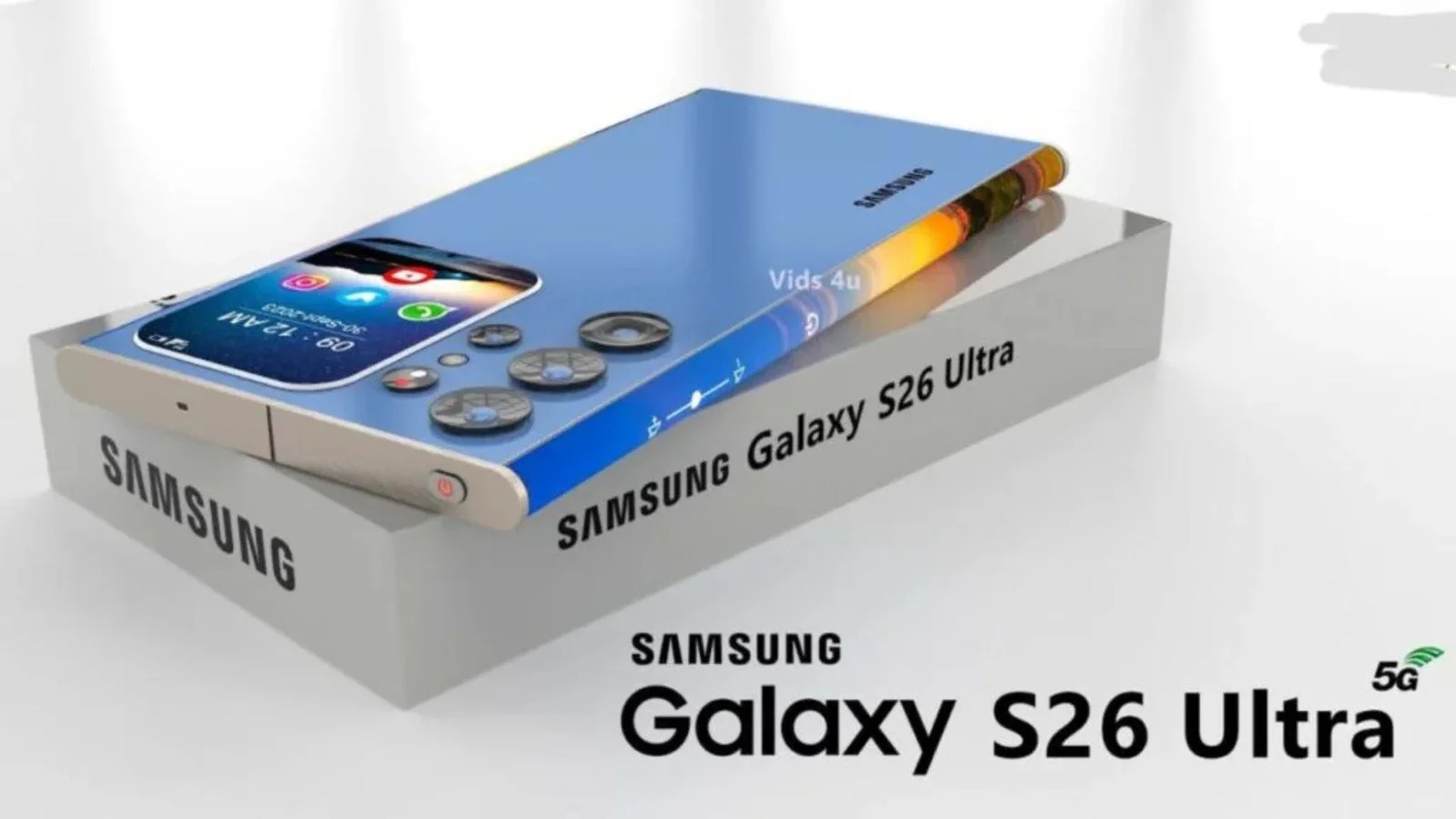Apple M1 vs M2 vs M3 vs M4: A Comprehensive Comparison of Apple's Silicon Chips
Understand the evolution of Apple silicon from M1 to M4, comparing performance, architecture, memory, and GPU capabilities.

Apple M1 vs M2 vs M3 vs M4: Which Chip Performs Best?
| Feature | M1 | M2 | M3 | M4 | Comments |
|---|---|---|---|---|---|
| Transistor Count | 16 billion | 20 billion | 25 billion | 28 billion | The transistor increase has led to higher performance and efficiency with each generation. |
| Process Node | 5nm | 5nm | 3nm | 3nm (2nd-gen) | The shift to a 3nm process in M3 and M4 improves energy efficiency and performance density. |
| CPU Cores | 8-core (4 high-performance, 4 efficiency) | 8-core (4 high-performance, 4 efficiency) | 8-core (6 high-performance, 2 efficiency) | 10-core (6 high-performance, 4 efficiency) | With more high-performance cores, the M4 is optimized for intensive tasks. |
| GPU Cores | 7-8 cores | 8-10 cores | Up to 12 cores | Up to 16 cores | M4 offers the highest GPU power, ideal for graphics-intensive workflows. |
| Neural Engine | 16-core (11 trillion ops/sec) | 16-core (15.8 trillion ops/sec) | 16-core (18 trillion ops/sec) | 16-core (38 trillion ops/sec) | M4's enhanced Neural Engine supports AI applications, with a major increase in operations per second. |
| Memory Bandwidth | 68GB/s | 100GB/s | 100GB/s | 120GB/s | Memory bandwidth improvements in M4 benefit multitasking and data-heavy tasks. |
| Unified Memory Support | Up to 16GB | Up to 24GB | Up to 24GB | Up to 32GB | Increased memory in M4 allows smoother handling of large workloads. |
CPU Performance
Each Apple silicon upgrade has brought notable CPU improvements. The M1 marked Apple's transition to custom silicon, combining power and efficiency. The M2 refined this with higher clocks and 20 billion transistors, giving a 15% performance boost over the M1. The M3, with a new 3nm architecture and an optimized 8-core CPU, improves single-core tasks by around 20%. The M4 expands this with a 10-core CPU, offering roughly a 50% gain over the M2, making it ideal for intensive workloads such as 3D rendering and complex data processing.
Graphics and Media Performance
The M1 GPU's 8 cores set a high standard, supporting gaming and media editing. M2 added up to a 10-core GPU, enhancing graphics by 35%. M3 went further with a 12-core GPU, and M4 peaks at 16 cores, delivering GPU performance nearly twice that of M3, making it ideal for graphic design, video editing, and gaming. Each generation has also improved video encoding/decoding engines, with the M4 supporting 8K ProRes and ray tracing for enhanced visual performance.
Neural Engine Advancements
Apple's Neural Engine has seen substantial upgrades. The M1's Neural Engine processed 11 trillion operations per second (TOPS), enabling smooth AI features like voice recognition. M2's Neural Engine pushed to 15.8 TOPS, M3 to 18 TOPS, and M4 boasts a remarkable 38 TOPS, ideal for applications in machine learning, real-time language translation, and complex computational photography.
Memory and Multitasking
Memory bandwidth has gradually increased, from 68GB/s in M1 to 120GB/s in M4, which boosts multitasking capabilities. Unified memory, introduced with M1, continues to expand, with M4 supporting up to 32GB. This upgrade makes the M4 suitable for memory-intensive applications like video editing and large datasets.
Which Chip Should You Choose?
The M1 remains a reliable option for general use. M2 is best for users needing moderate graphics and processing power. M3 brings noticeable improvements for creative professionals, and M4 is ideal for power users requiring top performance, with cutting-edge graphics and advanced AI capabilities.
Chat Room: Discuss Apple M1 vs M2 vs M3 vs M4: A Comprehensive Comparison of Apple's Silicon Chips
Start a New Chat

スズキ e VITARA EV発売!2026年1月16日日本デビュー ALLGRIP-e駆動で革新 トヨタ プリビア EV/PHEV復活 GAC Aion EV参入速報 | 最新EVラッシュ完全まとめ
幕張メッセオートサロン直前!日本市場初中国EV・ハイブリッドMPVの注目スペック・価格予想・補助金情報 | 2026年自動車新時代到来
6 hours ago
Read more

CARS 2026 名古屋大会 完全ガイド!7月2-5日 名古屋大学で開催 AI手術支援・デジタルOR・放射線診断の最新革新を深掘り | 医療IT国際会議速報
モデルガイド医学・ロボット手術・画像診断AIを体感!参加登録・アクセス・注目セッションまとめ | 第40回国際放射線画像診断外科支援会議詳細情報
6 hours ago
Read more

CEATEC 2026 開催決定!幕張メッセで10月13-16日 最新IT・電子ガジェット完全ガイド
AI・ロボット・6G革新を体感!入場無料・アクセス方法・注目出展まとめ | 日本のCES級テックイベント最新情報
8 hours ago
Read more

AI & 人工知能エキスポ東京2026:生成AIとビジネスソリューションに特化した日本最大級のAI展示会(4月15日~17日)
東京ビッグサイトで開催される「NexTech Week」完全ガイド:500社以上の出展企業、機械学習デモ、2万人以上の来場者情報
1 day ago
Read more

SusHi Tech Tokyo 2026:AI・ロボティクス・持続可能な都市をテーマにしたアジア最大級のイノベーション博覧会(4月27日~29日)
スタートアップピッチの究極ガイド、東京ビッグサイトにて600以上のブース、5万人の来場者、1000万円チャレンジを開催
2 days ago
Read more

Oceansat-3A PSLV-C63 Launch 2026: ISRO's Ocean Monitoring Satellite Revolution – Full Mission Details!
Industry-Built PSLV Debuts with Oceansat-3A: Chlorophyll Tracking, Wind Mapping & Disaster Alerts Incoming
4 days ago
Read more

GIFT City Phase 2 Activation 2026: India’s Silicon Valley Gets Fintech Hubs, Green Buildings & AI Transit (₹20,000 Cr Investment)
GIFT City in Gujarat activates Phase 2 development by mid-2026 with new fintech hubs, sustainable green buildings, AI‑powered transit systems and ₹20,000 crore investments from global players positioning it as “India’s Silicon Valley”.
1 week ago
Read more

Galaxy S26 Ultra Launch: The Battery + Charging Rumor That Could Finally Make It a Real “Ultra”
Early 2026 launch expectations are building, but the real story is the rumored battery and charging jump—here’s what’s credible, what’s noise, and who should wait.
2 weeks ago
Read more

ダイハツジャパンオープン2026 完全ガイド:7月14-19日 東京体育館 BWFスーパー750 賞金950,000ドル シングルスダブルス速報 山口茜桃田賢斗出場予想
東京渋谷メトロ体育館インドアコートで世界最高峰ラリー!チケット料金・アクセス・日程・注目対戦カードまとめ BWFワールドツアー日本大会詳細
2 hours ago
Read more

入間市武道祭2026完全ガイド:埼玉県立武道館で剣道・柔道・弓道・合気道・ナギナタ・居合道・少林寺拳法デモンストレーション
伝統武道の祭典!無料観覧・子供体験・武士道文化解説・アクセス方法・周辺観光スポット満載 埼玉入間武道イベント2026フェブ
4 hours ago
Read more

大阪春場所2026完全ガイド:3月8-22日EDIONアリーナ大阪 大銀座力士対戦スケジュール・チケット料金・座席選び最強攻略
春の名物横綱土俵入り&マクウチ全日程!初心者向けちゃんこ鍋体験・アクセス方法・当日券情報満載 大阪相撲大会2026ハチバショ
4 hours ago
Read more

東レ パンパシフィックオープン2026 完全ガイド!10月26日〜11月1日 東京有明 ATP500女子テニス頂上決戦 WTA500賞金120万ドル超速報 大坂なおみ復帰なるか?
有明コロシアム屋根付きコートで28シングルス・16ダブルス チケット予約・アクセス・注目選手まとめ | 東レPPO女子テニスアジアスイング詳細情報
5 hours ago
Read more

木下グループ日本テニスオープン2026 完全ガイド!9月30日〜10月6日 有明コロシアム ATP500優勝争い速報 錦織圭の故郷大会でカルロス・アルカラス再来か?
東京有明テニス森公園で32シングルス・16ダブルス 賞金2000万ドル超・チケット予約・アクセスまとめ | 日本テニス協会主催男子硬式コート頂上決戦詳細情報
5 hours ago
Read more

BIOTC 2026 東京早稲田大学 第8回ブロックチェーン&IoT国際会議 7月8-10日 EI/Scopus採録 スマートコントラクトプライバシー工業IoT完全ガイド
東京ブロックチェーンIoTカンファレンス2026 査読論文発表ワークショップ 早稲田国際会議場 参加登録締切1月10日 研究者実務者ネットワーキング
8 hours ago
Read more

Upcoming Cricket Match: India vs New Zealand on 23 Jan 2026
Catch the live action between India and New Zealand on 23 Jan 2026.
9 hours ago
Read more

Upcoming Cricket Match: India vs New Zealand on 21 Jan 2026
Catch the live action between India and New Zealand on 21 Jan 2026.
9 hours ago
Read more
Stay Ahead with Upcoming News and Events
Get the latest updates on upcoming mobiles, televisions, movies, concerts, live events, and everything significant that’s coming soon.


